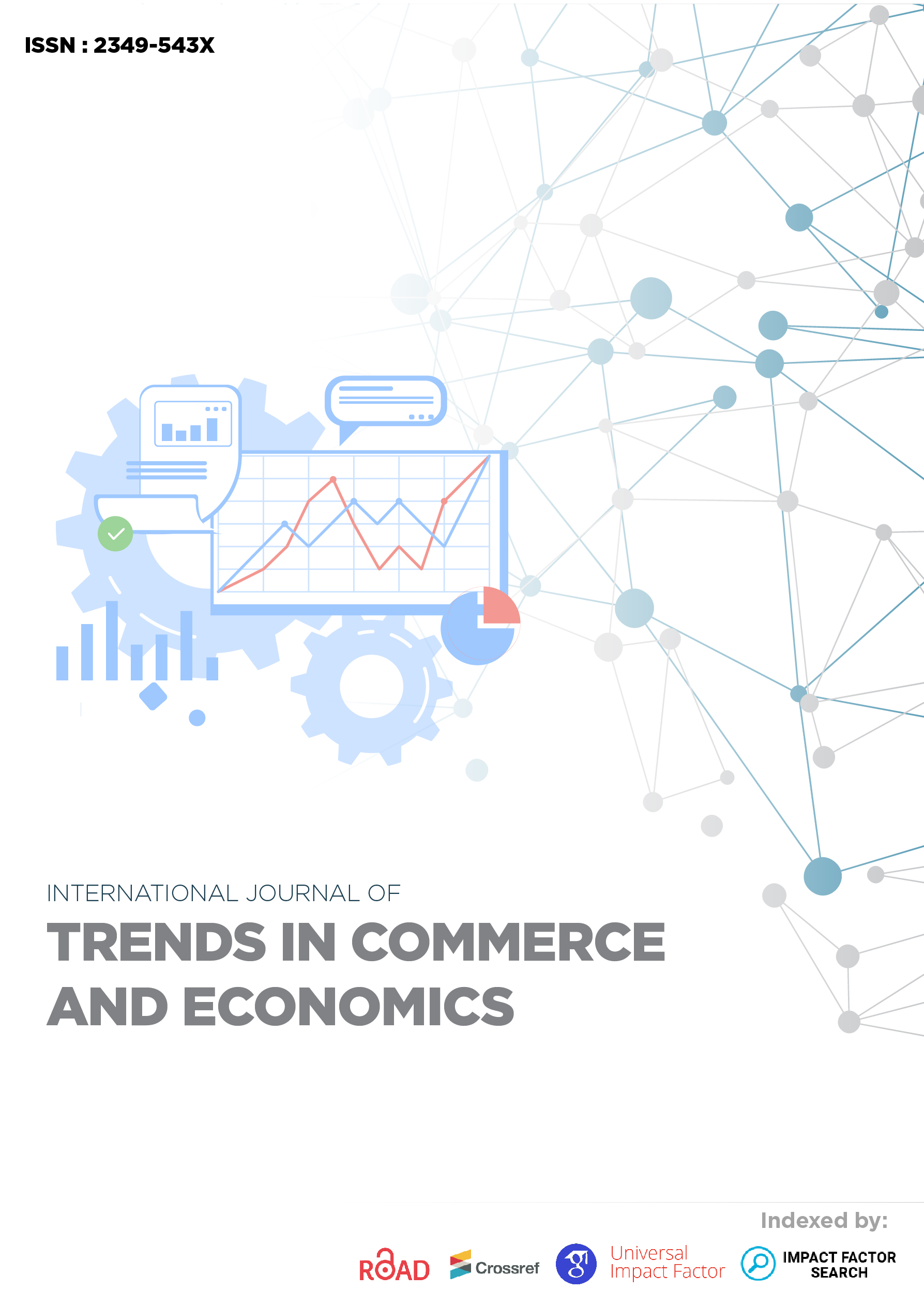Abstract
Brazil currently faces unemployment rates that reach about thirteen million Brazilians. This phenomenon results, in part, from mismatched economic policies over the years, rising inflation, uncontrolled public accounts, and the instability and insecurity generated by the political crisis that began in 2014. The aim of this article is to contribute to the literature on unemployment in Brazil based on empirical evidence of Okun's law for the short-term during the period 2012-2019 comparing two scenarios: one of stability and the other with effects of political crisis. To capture the output gap and unemployment deviations, the Hamilton filter combined with regressions by ARDL models was applied. The results indicate that for the 1% reduction in the unemployment rate, the average production growth above its trend is expected to be 0.18% per month uninterruptedly during a semester. This percentage increases to 0.29% per month in the event of structural, political, institutional or reliable crisis.
